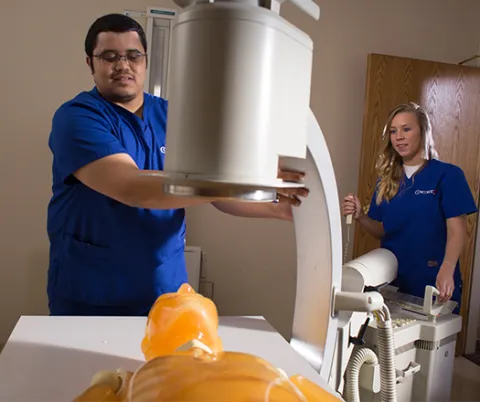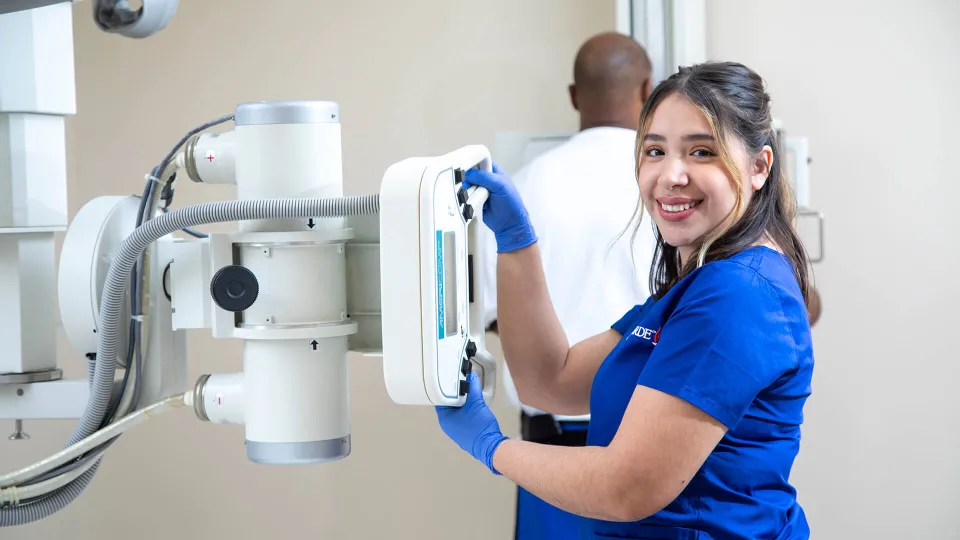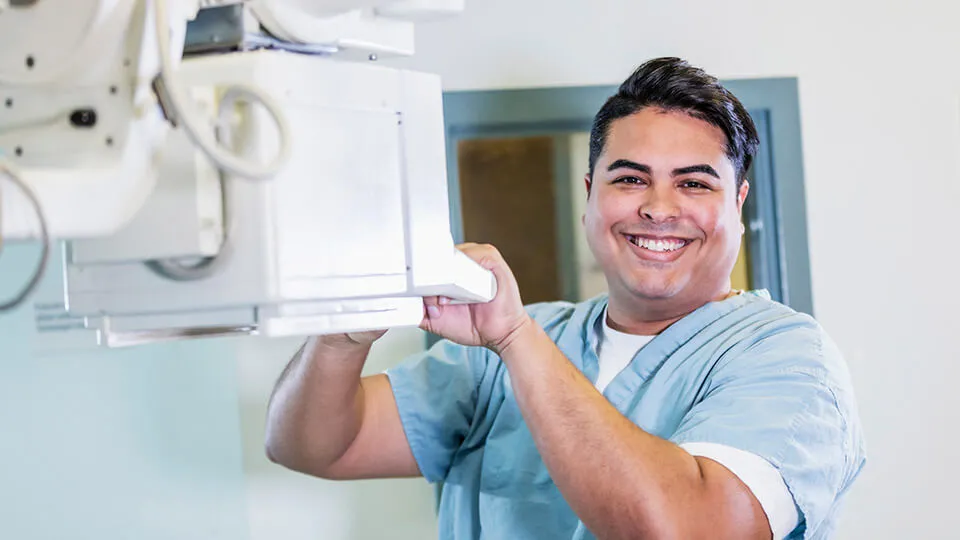Concorde Staff

Just before the turn of the 20th century, a German doctor named Wilhelm Conrad Rontgen discovered X-rays. Today, radiation therapy and medical imaging professionals use Rontgen's groundbreaking achievement to provide state-of-the-art medical care for millions of people.
Each November, the annual National Radiologic Technology Week celebrates the vital work of radiologic technicians across the country. The celebration, which runs Nov. 8-14 this year, coincides with the week of Rontgen's discovery in 1895, which led to him winning the first Nobel Prize in Physics in 1901.
With this year's theme of "Discovering the Inside Story," National Radiologic Technology Week highlights the important contribution that radiation therapy and medical imaging professionals make to modern health care and medical safety.
HONORING IMAGING PROFESSIONALS
The American Society of Radiologic Technologists established National Radiologic Technology Week in July 1979, and the event was later moved to November to honor Rontgen's contribution to the field. The weeklong celebration aims to raise awareness about the important work of radiologic technologists.
RADIOLOGIC TECHNICIANS IMPROVE HEALTH CARE
In modern medicine, a variety of imaging technologies assist physicians in diagnosing and treating a wide range of illnesses. Technologies found in hospital and clinic radiology labs - including X-rays, ultrasound and others - provide a view inside humans' bodies. Staff members who operate imaging equipment are known as radiologic technologists or radiologic technicians. These professionals undergo extensive training to develop a high level of expertise required to provide high-quality medical imaging.
THE IMAGING PROCESS
In addition to possessing a thorough knowledge of imaging equipment, radiologic technicians also must understand anatomy. When a doctor orders a specific test, the technician must thoroughly understand the portion of the body to be imaged.
Radiologic technicians explain the process to patients and request that patients lie down for MRIs, CT scans and many types of X-rays. The technician orients the individual correctly on the bed to allow the equipment to record the highest-quality image possible. Other X-rays - say for the hand or foot - require that the technician know enough about anatomy to properly position the body for the best possible scan of the body part being imaged, usually from a standing or sitting position.
Technicians also must be aware of all the potential hazards of imaging equipment, including strong magnetic fields and ionizing radiation. They must understand and implement all needed safety precautions for protecting themselves and their patients.
PROVIDING HIGH-QUALITY MEDICAL IMAGING
The radiologic technician's mission is to provide high-quality, usable medical imaging in a safe environment with minimal discomfort to patients. For engaging in this important job, radiologic technicians enjoy rewarding careers with competitive compensation. Employment prospects for radiologic technicians are positive and are expected to increase by approximately 28 percent by 2020.
If you're interested in radiologic technology, celebrate National Radiologic Tech Week with us and learn more about this calling. A quick call with one of our career counselors will get you started.
Interested In How To Become a Radiology Tech?
Click here to explore Radiology Tech Programs near you!

Take The Next Step Towards a Brighter Future
Interested in learning more about our Radiologic Technology program? We have a Concorde representative ready to talk about what matters most to you. Get answers about start dates, curriculum, financial aid, scholarships and more!






